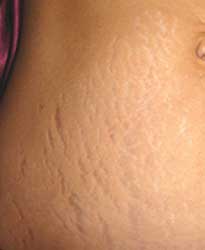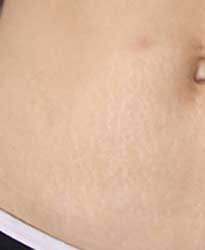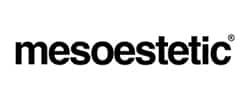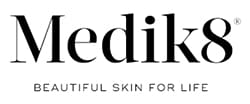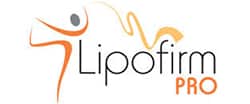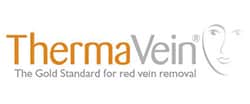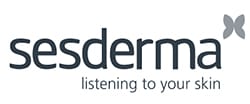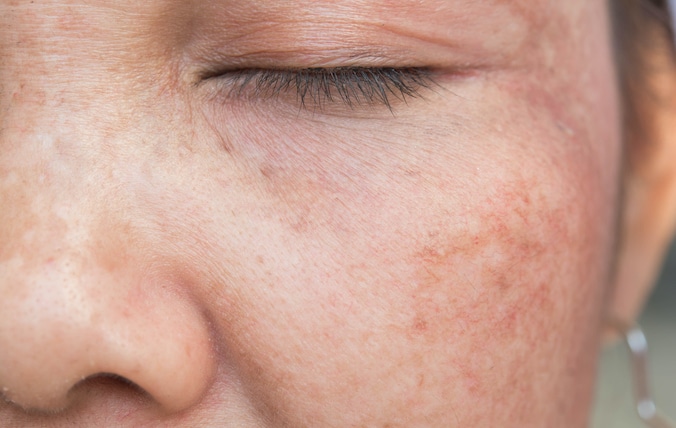How do we get them?
Stretch marks are a common type of scar amongst most teens and adults. They are likely to occur due to abrupt changes that happen to the body, such as in Pregnancy, growth spurts during puberty, weight loss or gain and rapid muscle growth.
Not everyone develops stretch marks, but they are very common due to the nature of how they develop. Hormone levels can make them more likely and there’s a higher chance of them occurring if they have developed amongst members of your family.
Applying a corticosteroid to your skin for a long time can also cause stretch marks. If you have Cushing’s disease or Marfan syndrome, it’s also possible that you may see stretch marks.
What exactly is a ‘stretch mark’?

Stretch marks are a type of scar that occurs when the skin is under pressure to stretch or shrink quickly. The abrupt change in the skin causes ruptures to collagen and elastin that support the skin. This causes the skin to deform and eventually collapse which in time causes narrow depressions and are seen as white or silvery lines on the surface of the skin.
Initially, stretch marks are seen as red, pink, purple, brown, or reddish-brown lines, depending on the skin colour. But eventually, they will fade to white or silver regardless of how they begin. When the stretch marks are new, they are usually raised and can be itchy. At this early stage, it is possible to almost remove them with treatment, this is because the stretch marks are fresh and still have the potential to be renewed as they have not yet formed the depression. The depression or collapse of these narrow lines can be felt by running your hand over the top of them. Unfortunately, the longer you wait to have them treated the harder they are to remove. The treatment plan with long standing stretch marks will be to improve and fade the scars rather than expect them to be barely visible. This is because in the early stages of the stretch marks development, the collagen can be restored, and the skin will heal much faster.
While it is not guaranteed that we can remove a new stretch mark, results are dramatically increased with early treatment.
What can we do about it?
We have found that a combination of treatments and home product use are very effective in making stretch marks less noticeable, and in some cases barely visible. However, it should be noted that none of these treatments can completely get rid of stretch marks, and this is due to the rupture of the collagen deep within the skin.
Our stretch mark procedures include:
Chemical Peels
Sesderma, Mediderma, Mesoestetics & Medik8
Radiofrequency
Tri-Polar Lipofirm Pro
Micro-needling with Mesotherapy
Sesderma’s Nano Pore Turbo Roller
Divine Pro
A combined Radio Frequency, Tri-Fractional Resurfacing and Voluderm Micro Needling procedure
Plus, topical homecare products such as retinol to assist in accelerating the treatments results.
To give you the best results, we may use more than one procedure. For example, we may treat you with radiofrequency and micro needling with a homecare retinol to apply in-between treatments, or you may be more suitable for a more invasive procedure such as the Divine Pro. This will depend on the fragility of the skin and the location of the stretch marks. Your practitioner will advise which treatment will suit you best, so a consultation is essential.
With all procedures, side effects are possible, and some are expected such as redness and tenderness of the skin post treatment. It’s common to have some redness and swelling after a procedure. The redness and swelling tend to disappear in a few hours or days.
In the skilled hands of one of our aesthetic practitioners at Clinic 33, any side effects tend to be minor and temporary.
Products to apply to your skin:
In studies, two ingredients seem to offer some benefit and are especially effective to support treatments, these are:
- Hyaluronic acid
- Retinoids
In two large studies, applying hyaluronic acid to early stretch marks made the stretch marks less noticeable.
Retinoids may also make early stretch marks less noticeable. In one study, people who applied retinoids every night for 24 weeks had less noticeable stretch marks. Those who didn’t apply the cream saw their early stretch marks grow. Other studies have found similar results.

The Clinic 33 Blog
What Are The Advantages Of Visiting a Skin Clinic?
Have you ever considered visiting a skin clinic? There [...]
What Are the Long-Term Benefits of Investing in Skin Health Through Regular Visits to a Skin Clinic?
It is crucial to ensure that your skin receives [...]
What Factors Should You Consider When Choosing the Right Skin Clinic for You in Brighton?
Have Looking after your skin is hugely important, but [...]

